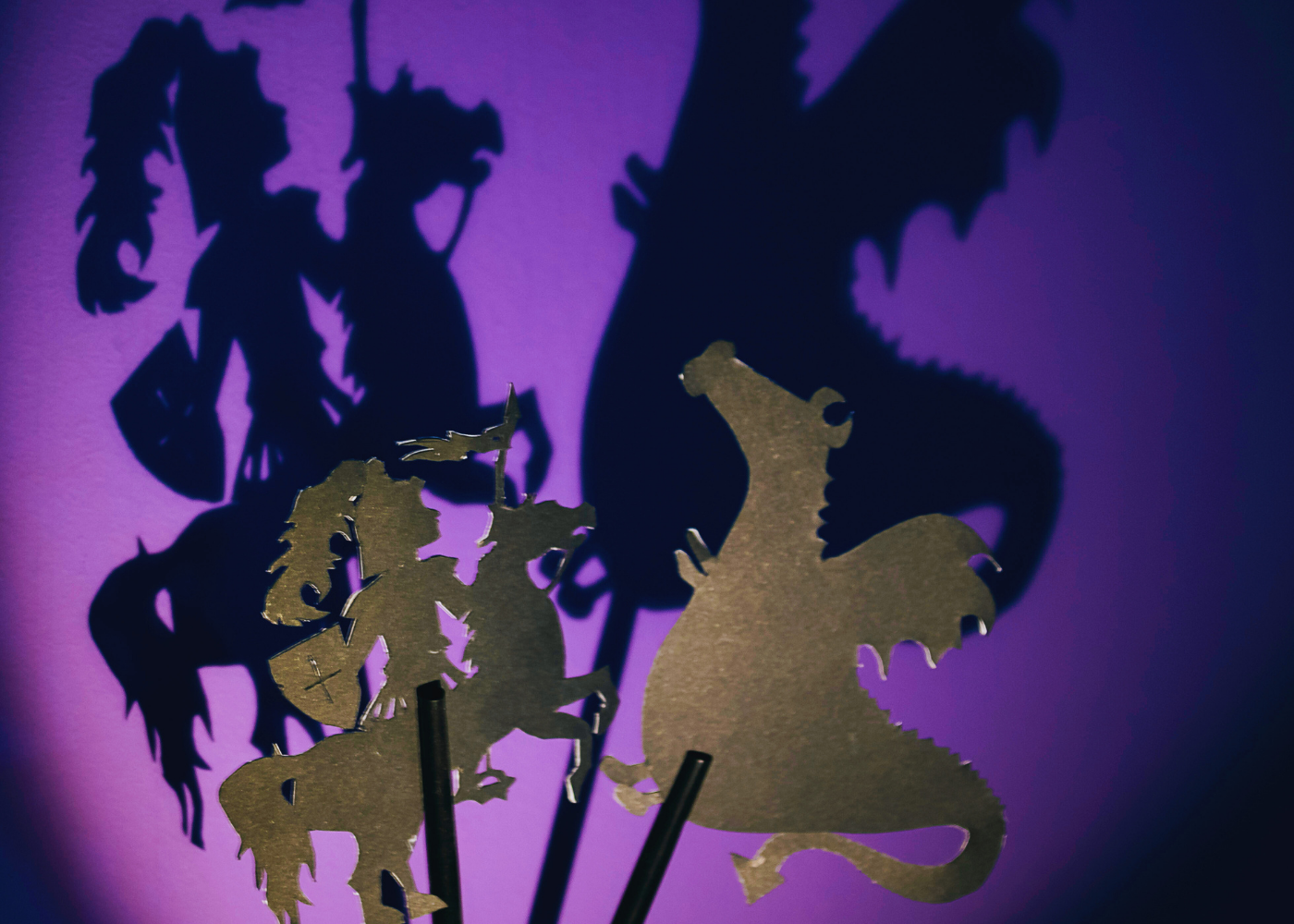Welcome to the inaugural edition of Lab Notes, a space where we explore the frontiers of creativity, storytelling, technology and innovation.
We’re in the midst of a creative shift of massive proportions, and it goes much deeper than just AI. Instead of waiting for access to traditional media pipelines, creators are building their own ecosystems, telling stories on their own terms, with their own tools, and for audiences who crave authenticity and experimentation.
In this issue, we highlight several stories that signal this shift. Ultimately, the future of storytelling belongs to those who own their voice and platform.
Flow: A Meditative Film for a Restless World
This year’s Oscar winner for Best Animated Movie Flow doesn’t follow a traditional script. It unfolds through movement, atmosphere, and emotion, offering a deeply immersive and contemplative experience. With no dialogue and minimal exposition, it invites viewers into a new kind of cinematic language, one that feels more like music or poetry than plot.
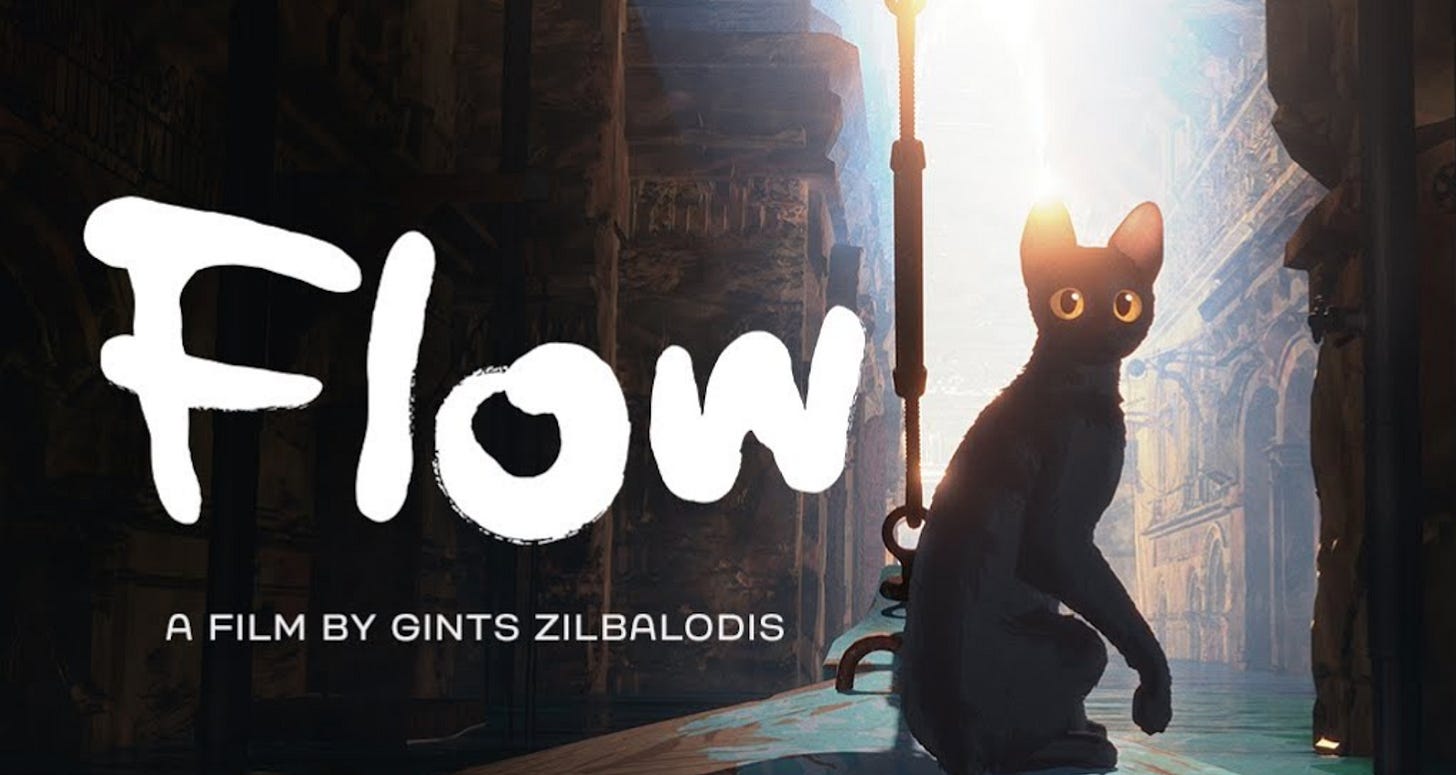
Why it matters:
This film speaks to a growing appetite for non-linear, sensory storytelling. As audiences become saturated with fast content and formulaic narratives, projects like Flow show there is still space for small teams and creative risk-taking. It’s also a reminder that indie filmmakers continue to push the boundaries of what cinema can be, even without big budgets or mainstream platforms.
Sans Strings Studio: Digital Puppeteering with Soul
Founded by Sébastien Deguy (Substance 3D, Adobe) and tech artist Ryan Corniel, Sans Strings Studio is building a new kind of animation pipeline that transforms the traditional animation pipeline through a unique system that converts human movement into instant character animation, without the need for complex rigs or post-production adjustments. Performers animate directly through motion, expression, and voice, no rigs or post needed.
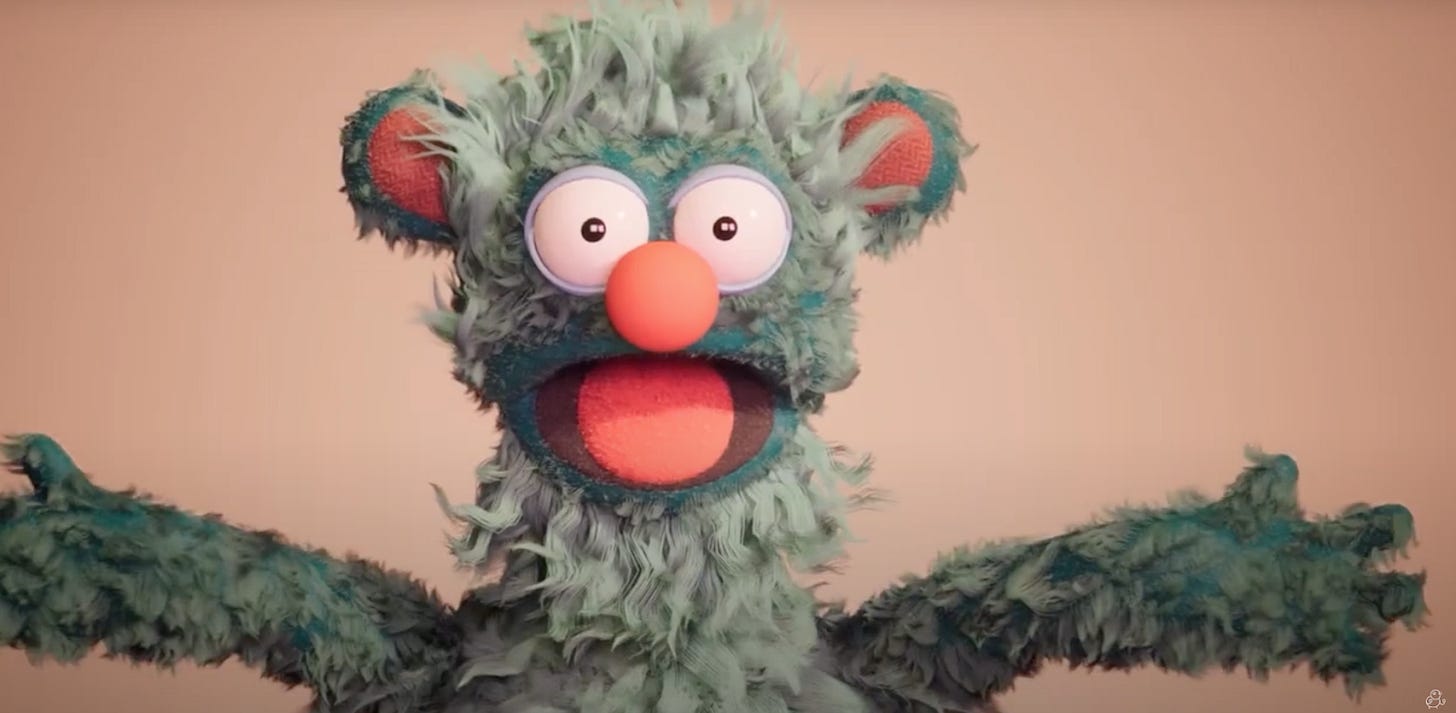
Why it matters:
Sans Strings reflects a growing creative shift toward immediacy, performance, and emotional expression. As real-time tools mature, studios like this are breaking down the wall between storytelling and interaction, making real-time animation feel more spontaneous.
YouTubers: The Next Big Studios
Once considered digital hobbyists, many YouTubers have quietly built the infrastructure of fully operational media studios. Creators like Dhar Mann and Alan Chikin Chow have now manage teams, shoot on custom sets, and develop content that rivals traditional Hollywood productions. These are not influencers making casual content. They are founders building next-generation studios. In North Carolina, MrBeast has transformed Greenville into a media hub. In Texas, Dude Perfect built an 80,000 square foot campus. These spaces are not just workplaces. They are cultural factories where imagination scales.
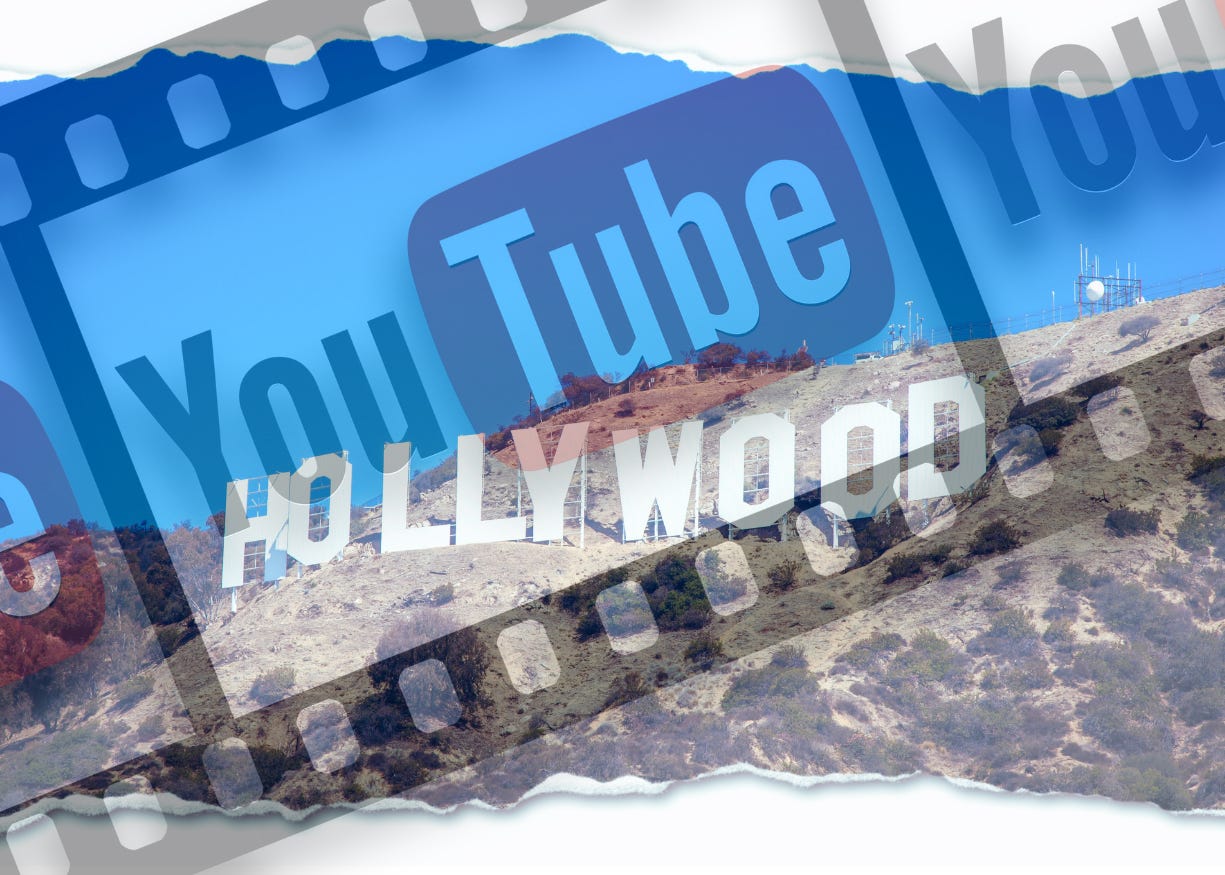
Why it matters:
These creator-led studios reflect a broader movement underscoring an important model emerging, content creators are evolving into media entrepreneurs. They own their IP, their platforms, and often their distribution channels. This shift challenges the legacy studio model and opens up new possibilities for innovation, collaboration, and ownership in entertainment.
Human-Centered AI: Jony Ive Joins OpenAI
OpenAI announced its staggering $6.5 billion acquisition of Jony Ive’s design firm, LoveFrom. Best known for shaping Apple’s most iconic products, Ive brings a legacy of human-centered design to one of the most powerful AI platforms in the world.
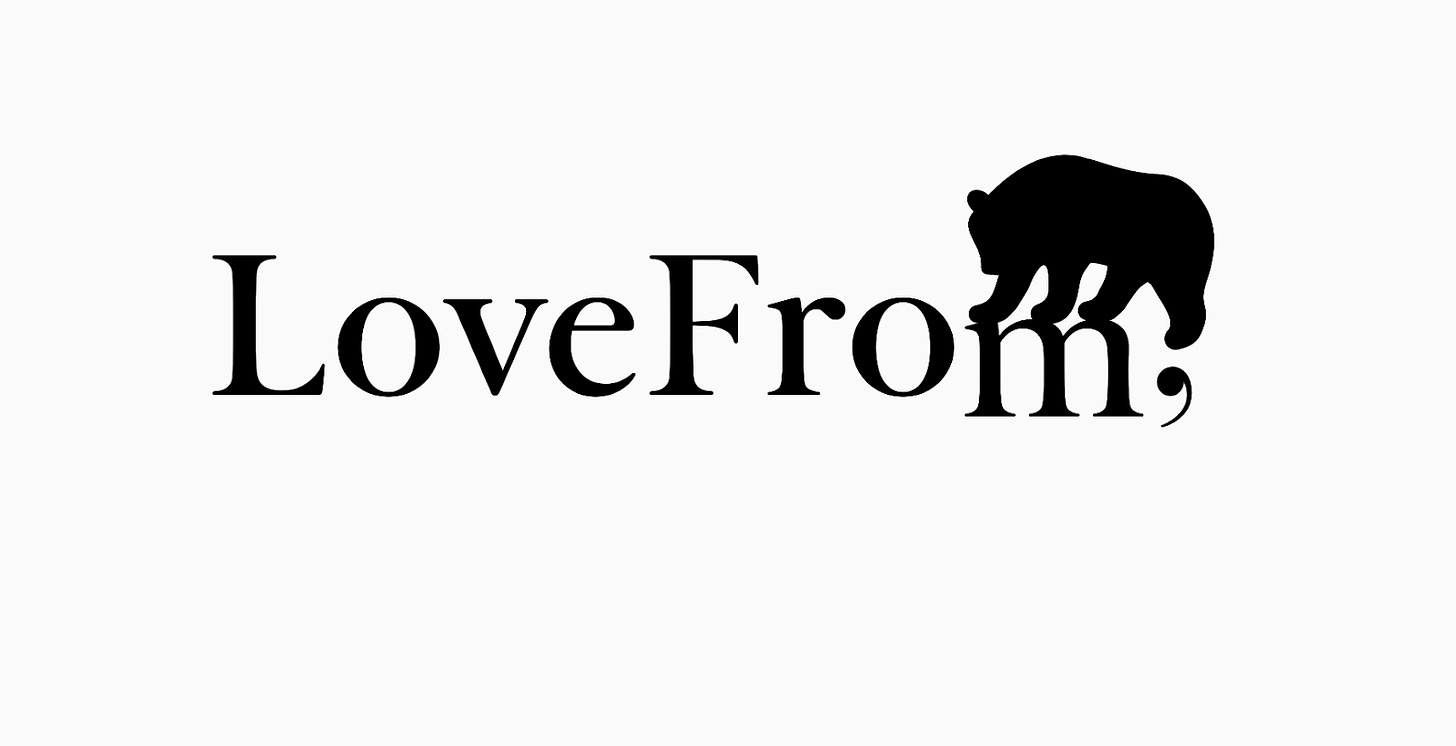
Why it matters:
OpenAI’s move isn’t just about aesthetics. It’s a signal that human-centered design is essential to AI’s next frontier, the experience, and the acquisition suggests OpenAI understands that. By bringing Ive into the group, with his experience and guidance, they are positioning themselves not just to build the chapter. As AI becomes embedded in daily life, usability, trust, and emotion matter as much as capability. With Ive onboard, OpenAI is acknowledging the next step of AI’s evolution, to create accessible everyday human design options.
Importance of Creative Autonomy and Narrative Innovation
Whether it’s an experimental film, a puppetry collective, or a YouTube-native production house, or a visionary AI partnership, the unifying theme is autonomy. Each of these creators has chosen to build their own framework rather than fit into someone else’s.
These recent stories reveal a larger shift:
-
- Prioritizing creative vision over commercial conformity
- Building ecosystems and communities rather than relying on legacy systems
- Reimagining technology as something people feel, not just use
From indie creators to global technologists, we’re seeing a shift toward purpose-built creative systems that prioritize originality, ownership, and emotional resonance.
Looking Ahead
In upcoming editions of Lab Notes, we’ll be diving deeper into:
-
- How collaborative models are shape creative teams
- The role of new tools in supporting artistic process, not replacing it
- How storytelling formats are evolving to reflect creative values
- Why interdisciplinary thinking is essential for innovation and adaptability
If you’re excited about where storytelling and creativity are headed, this is the space to explore it.
Feel free to share our Lab Notes newsletter with someone you think would appreciate the perspective.
Let’s keep building the future, one story at a time.
Lab Notes is a weekly dispatch from Innovaris Labs exploring the evolving intersections of creativity, storytelling, and innovation. Subscribe to receive future editions at innovarislabs.substack.com.

